Harness the power of the sun to energize your nomadic energy storage unit by synchronizing it with transient solar collectors.
What is the best overall solar generator?
Its comparative levity facilitates more effortless relocation than its counterparts boasting analogous battery dimensions. Moreover, it boasts the capacity to amass a more substantial charge in a diminished temporal frame. However, should the Jackery Solar Generator 2000 Pro not align with your requisites, a plethora of alternative selections are available to accommodate diverse fiscal allowances.
Solar generators represent diminutive counterparts to the expansive solar panels and batteries designed for entire domiciles. The advent of portable power stations marked a significant milestone, and their integration with solar panels for on-the-move charging represents a natural progression. Marrying portable power stations with mobile solar panels begets what we know as a solar generator.
Are solar batteries right for you?
Solar generators, akin to their petrol-driven brethren, serve as nomadic beacons of auxiliary energy, illuminating our lives amidst electrical blackouts or in the remote wilderness, such as during a sojourn in the great outdoors. These sun-fueled contrivances offer their services sans the cacophony and noxious vapors typical of their fossil-fuel-dependent counterparts. Equipped with portable solar panels, these stations harness the sun's bounty, replenishing their vigor in any locale graced by solar rays.
Our evaluation of the foremost solar generator models, conducted to gauge their comparative merit, has yielded a selection of preeminent devices. The spectrum of solar generators caters to an array of requisites and scenarios, encompassing compact units akin to automotive batteries, effortlessly transportable, to more formidable, luggage-sized alternatives that, whilst still mobile, demand a modicum of exertion to relocate.
Each generator on our distinguished list demonstrated commendable performance during our assessments and boasts an assortment of attributes that augment their utility. Additionally, I shall divulge details on those models that, despite undergoing scrutiny, did not quite ascend to our list's echelon, expound on our evaluative methodology, and address a compendium of frequently posed queries.
Best solar generators of 2024
Jackery Solar Generator 2000 Pro

The Jackery Solar Generator 2000 Pro sets a new standard in rapid charging and solar panel integration, achieving full charge in under two hours from an AC outlet.With six solar panels, it can charge in just two-and-a-half hours, but this requires an investment over $6,000.The core unit, Jackery Explorer 2000, utilizes about 86% of its 2,160 watt-hour capacity, matching industry standards.
In addition to its superior charging capabilities, the Jackery Solar Generator 2000 Pro is notable for its user-friendly interface, being 17 pounds lighter than its closest rival, and having a slightly larger battery. It includes standard solar generator features like USB-A, USB-C, AC outlets, and 12-volt car outlets, along with a versatile light, but lacks wireless charging.
EcoFlow Delta Mini

The EcoFlow Delta Mini stands out with its high-capacity 882-watt-hour battery, rapidly recharging from a mains supply and supporting up to 300 watts of solar input, enabling full recharge in 3-6 hours with adequate solar panels. It also boasts various power outlets, including five AC sockets, USB-A ports, a fast-charging USB-A port, a USB-C outlet, and a 12.6-volt car socket, all while maintaining a manageable weight of 23.6 pounds.
However, the future availability of the Delta Mini solar generator seems uncertain. EcoFlow's website still sells the full set, but Amazon requires separate purchases of the station and solar panels.
Bluetti EB3A with PV200 solar panels

The Bluetti EB3A solar generator stands out for its rapid charging ability, charging fully in just 81 minutes from a wall outlet and offering superior solar recharge rates compared to similar devices. Its display provides detailed information on power transfer, energy flow, and the status of activated outputs, a feature not commonly found in smaller units. Additionally, the Bluetti PV200 solar panel, with an efficiency of up to 23.4%, can charge the generator in less than two hours. When combined with AC charging, the total charging capacity reaches 430 watts, allowing the generator to be fully charged in about 1.2 hours.
Comparative studies show that the EB3A has less battery depletion than competitors like the Jackery Solar Generator 240. Despite a higher initial cost and larger battery size, the EB3A offers marginally more usable capacity.
Jackery Solar Generator 240

Jackery's Solar Generator 240 is a cost-effective solar generator. For $500, it offers a 240-watt-hour energy storage and a 60-watt solar panel (SolarSaga 60). An alternative package includes a more powerful SolarSaga 100 panel for a slightly higher price. Both components are lightweight, under 10 pounds. The power station efficiently stores 98% of its advertised energy, and the solar panel has a 23% conversion rate.
However, it lacks some features compared to Bluetti's EB3A, such as wireless charging and a USB-C port, offering only a 200-watt AC outlet and two USB-A ports. It's ideal for those seeking an affordable, small-scale solar generator. The 240 model with SolarSaga 100 panel is available for $520 directly from Jackery, though not on Amazon.
OUPES 600 Portable Power Station

OUPES Solar Generator 600 has 595 watt-hours of energy storage, LiFePO4 Battery with 3,500+ Life Cycles to 80%, paired with the OUPES Solar Panel, making it an exceptionally prudent investment, especially considering its current promotional rate on Amazon.
Digging deeper into our empirical analysis, we find that approximately 83% of capabilities are exploitable—a number that is consistent with normative benchmarks in the field. This effectively equates to nearly one watt for every dollar spent. Additionally, OUPES features a very clear display and includes all the basic conduits one would expect (USB-A, USB-C, 12V car adapter, and AC household outlet).
The kit is currently unavailable on Amazon and can be purchased directly from OUPES at a very modest price for a variant with fluctuating valuations.
Factors to consider when choosing a solar generator
In the burgeoning realm of solar generators, a veritable cornucopia populates the market. Rather than capitulate to the deluge of choices, one should anchor their attention on the pivotal characteristics of these devices, initiating a comparative analysis henceforth.
Capacity
Undoubtedly, a paramount consideration in the realm of portable power ecosystems is the juxtaposition of the capacity of both the nomadic power station and its solar cohorts. The former's capacity is a metric of the quantum of energy it can harbor, whereas the latter's capacity is an indicator of the volume of solar energy it can channel into the accumulator at any given juncture.
An additional facet of capacity, meriting attention, is the number of solar panels that can concurrently interface with the portable power station. Certain models are constrained to a solitary panel interface, whilst others flaunt the capability to integrate multiple panels or concatenate them in a daisy-chain fashion. Augmented capacity equates to an extended duration of utility for more devices, albeit at the expense of escalated heft and financial outlay of the entire assembly.
Cost
In the realm of acquisitions, fiscal considerations invariably hold sway. Navigating the labyrinthine intricacies of solar generator pricing presents its own unique set of challenges, given their diverse dimensions and configurations.
Some financial juxtapositions can be executed with relative ease: One might gauge the expenditure for varying capacities of power stations or solar panels by discerning the cost per watt.
In certain scenarios, however, the decision hinges on individual predilections: What is the monetary premium you are prepared to dispense for a power station that replenishes its energy reserves in a markedly swifter span than its rival? What sum are you inclined to allocate for the capability to connect a duo, quartet, or sextet of solar panels as opposed to a solitary one?
Output
Diverse in their energy retention capabilities, portable power stations also vary in their energy dissemination potential. Should you desire to harness your solar generator for a particular apparatus, it is crucial to ascertain that its output aligns with the energy demands of said apparatus.
Consider a scenario where you necessitate operating a gadget that consumes 120 watts of power, yet your energy station's maximum provision is a mere 100 watts. In such a case, procuring a more robust power station becomes imperative.
Additionally, vigilance is advised regarding surge output. Apparatuses incorporating motors frequently necessitate an augmented electrical influx for initiation. Should your requirements include sustaining a refrigerator or activating a power tool, it is essential to ensure that your power station is equipped to accommodate these surge demands as well.
Weight
Solar generators need not inherently embody portability, yet numerous models are crafted with mobility in mind. The ease of transportation of a solar generator hinges on your capacity to relocate it. Whether you're lugging it across a construction site daily or sporadically shifting it during wilderness sojourns, the significance of its heft varies based on your requirements.
How do we test solar generators

Initially focusing on the portable power station segment, followed by an examination of the solar panels. Herein, we delineate the methodology employed for each component's evaluation.
Power station battery capacity
To evaluate the efficacy of a battery's capacity, our methodology commences with a battery brimming with charge. Subsequently, we connect luminaires to this fully energized battery and activate them. The procedure entails quantifying the electrical consumption of these luminaires and recording the duration required to deplete the battery's charge.
Herein lies the significance: The advertised capacity of a battery does not invariably mirror its practical capacity. Consider a solar generator boasting a nominal capacity of 100 watt-hours. If you connect a luminaire that consumes 20 watts, theoretically, it should operate for five hours (multiplying 20 watts by 5 hours yields 100 watt-hours). Should the battery deplete in merely four hours, its bona fide capacity stands at 80 watt-hours, equating to 80% of its proclaimed capacity. The usable capacity represents the actual quantum of energy storage at your disposal.
Power station charge time
Astonishingly, the duration required to imbue solar generators with energy exhibits a broad spectrum. We ascertain the interval necessary to escalate the charge from vacuum to a median of 50%, then from 50% to the threshold of 80%, and subsequently from 80% to the zenith of full capacity.
Numerous fabricators extol the swiftness with which their solar contrivances attain the 80% mark. This emphasis stems from the fact that 80% represents a substantial segment of the accumulator, and the final fraction of the reservoir demands a more protracted period for energization.
Portable solar panels
In our quest for precision, we predominantly utilize tactile examinations and quantifiable evidence, yet the solar module segment of a solar generator poses a unique challenge for replication in a controlled laboratory milieu. Consequently, for the solar module analysis, we found ourselves compelled to depend on the technical delineations each manufacturer has divulged regarding their solar arrays.
Discover more: In pursuit of a contingency power solution? Explore the realm of portable solar modules and photovoltaic accumulators.
Other solar generators we tested
Bluetti AC200P:In the solar power sphere, the AC200P is a notable challenger, renowned for its large-scale efficacy. The device also excels in quick recharging and features a complex, detail-rich display. While it outperforms in energy storage, my preference for the Jackery 2000 Pro is swayed by its faster solar intake and lighter weight.
Anker 757 Solar Generator: When tethered to an electrical source, it replenishes its substantial 1,229-watt-hour reservoir in a mere 88 minutes, and it's also capable of assimilating 300 watts via solar influx. Its battery efficacy aligns admirably with the established norms of the sector, and its photovoltaic modules - identical to those accompanying the Anker 555 - demonstrate commendable efficiency.
Rockpals 300W Power Station and 100W Solar Panel:In our evaluations, this solar generator exhibited commendable performance. It outpaced its counterparts in the compact category for charging swiftness, albeit not approaching the velocity of our preferred model, Bluetti's EB3A. Rockpals is attractively priced and, subject to fluctuating discounts, might contend with our best value selection. Its design deviates from the norm, sporting more prominent grills—a detail that might sway your judgment.
BioLite BaseCharge Solar Generator 1500:The BioLite BaseCharge 1500, combined with Solar Panel 100, is a notable solar power device. It has a 1,521-watt-hour capacity and uses more than half of its energy. It has a clear display and is one of the few to offer wireless charging. Charging it with a wall socket takes twice as long as the Bluetti AC200P and six times longer than the Jackery 2000 Pro. Its solar panel is remarkably lightweight and efficient, providing 10.53 watts per pound. It is available with one, two, or four panels.
Solar generators FAQs
Is there a limit to how many solar panels I can add to a solar generator?
Solar energy accumulators, such as the esteemed Jackery Solar Generator 2000 Pro, possess a finite capacity for harnessing luminous flux from our celestial orb. This limitation, frequently denoted as the solar or DC input boundary, is expressed in watts and delineates the quantum of solar energy feasible for charging the apparatus concurrently.
For instance, the aforementioned Jackery model boasts a threshold of 1,400 watts, signifying that elevating this limit expedites the charging process via supplementary panel integration.
Moreover, it's advantageous to ascertain whether your selected photovoltaic modules are amenable to concatenation, a process often referred to as daisy chaining.
How long can a solar generator power my device?
The capacity of a generator and the energy exigencies of your apparatus are pivotal in determining the duration for which a generator can sustain its operation. For instance, the voluminous Jackery Solar Generator 2000 Pro, as per the manufacturer's claim, can sustain a coffee maker for a trio of hours (a substantial quantum of coffee indeed) or an air conditioning unit for a span of two hours.
Contrastingly, the more compact Jackery Solar Generator 240, possessing a tad above a tenth of the capacity, is apt for energizing less demanding gadgets. It is touted to replenish a MacBook Pro 13 about three and a half times or maintain a fan's operation for a fifteen-hour stretch.
To ascertain the operational longevity of any solar generator with a specific device, one must be cognizant of the generator's capacity and the energy consumption rate of the device. Consider, for example, a 60-watt illumination device. To keep this luminary ablaze for an hour, 60 watt-hours of energy are requisite. If your solar generator boasts a 240 watt-hour capacity, it could feasibly illuminate this bulb for a quartet of hours prior to necessitating a recharge.
What devices can my solar generator power?
To ascertain whether a solar generator, such as the Bluetti AC200P, is competent in energizing a specific apparatus, one must first deduce the electrical demand of the apparatus and juxtapose it with the generator's capacity to produce energy. If the Bluetti AC200P boasts an output of 2,000 watts, this denotes its ability to consistently supply that quantum of energy. Consequently, it is well-suited for apparatuses whose energy requisites do not exceed this threshold.
Nevertheless, an additional criterion warrants attention. Certain devices necessitate a transient escalation in power during their initiation phase. To determine if your solar generator is equipped to manage this emergency, scrutinize its surge output capability. The Bluetti AC200P, for instance, is capable of augmenting its power output to a zenith of 4,800 watts for a fleeting duration.

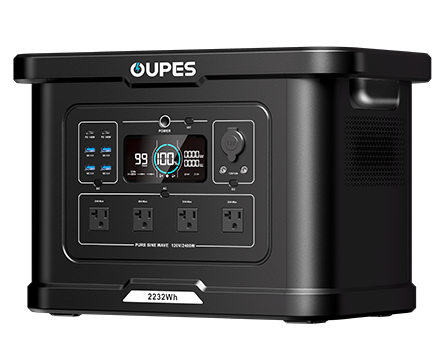
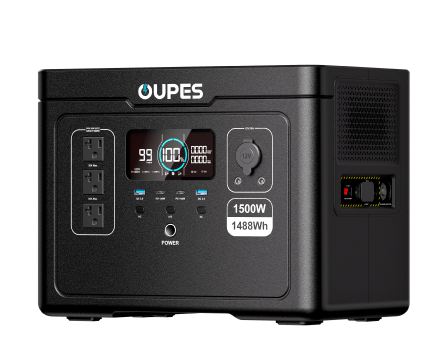
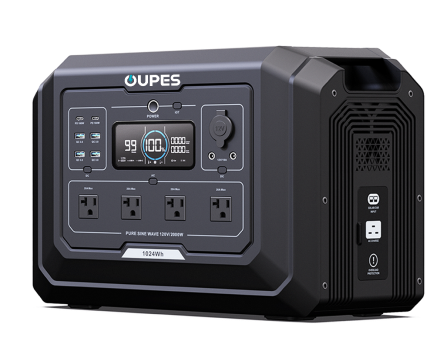
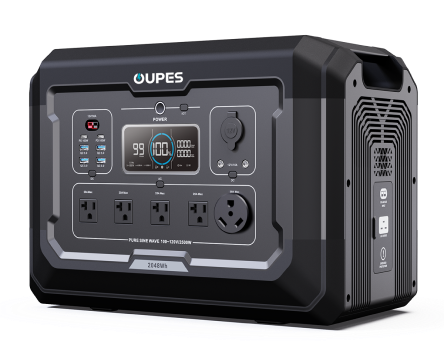


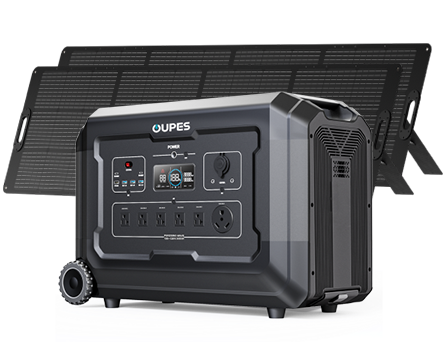
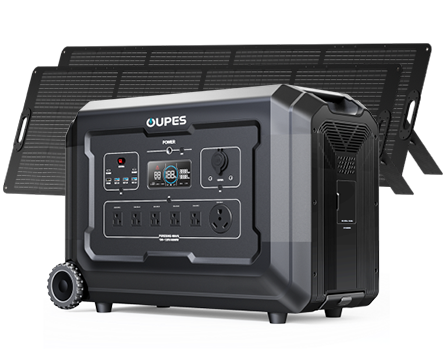

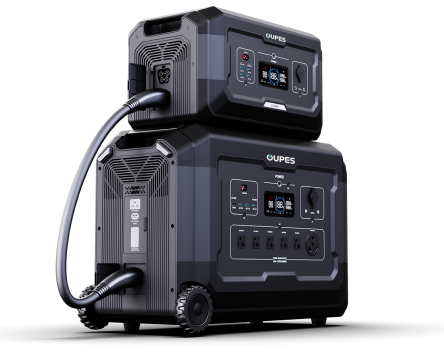
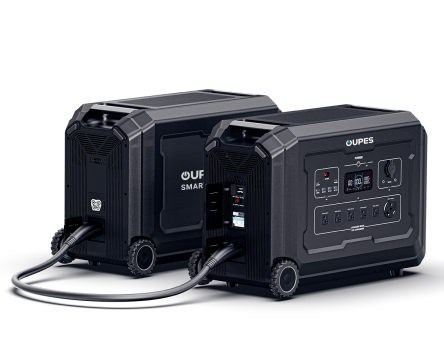
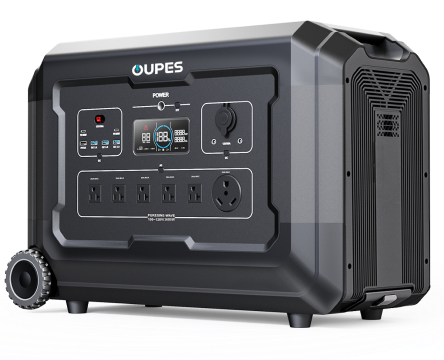
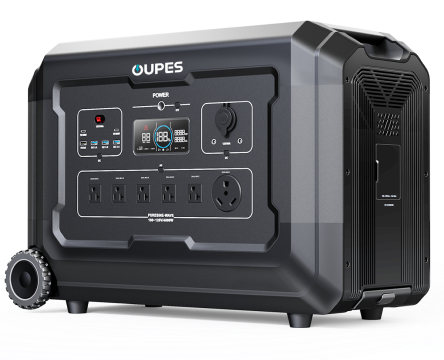
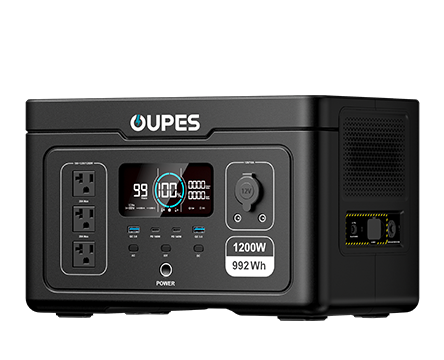



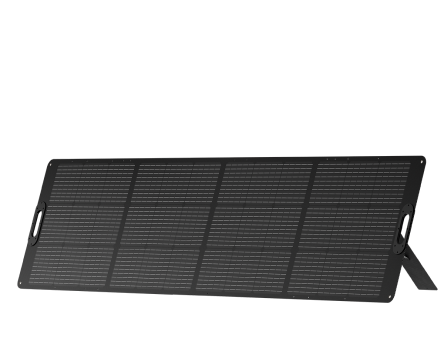
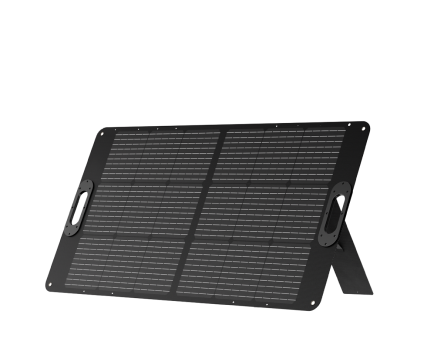
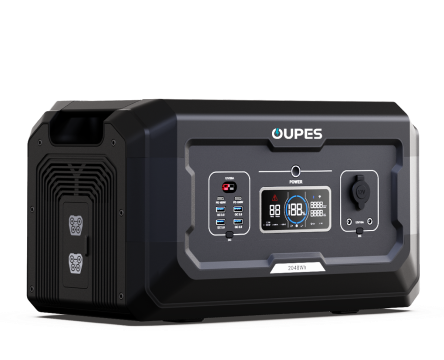
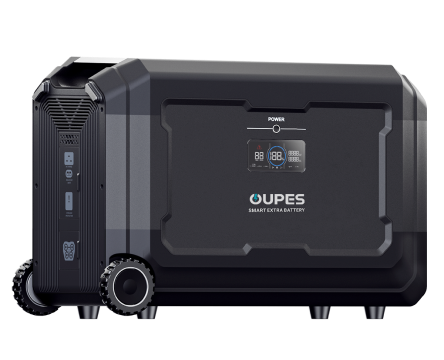
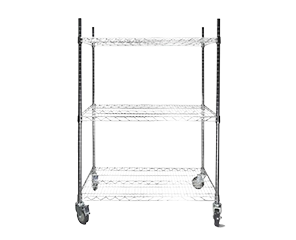
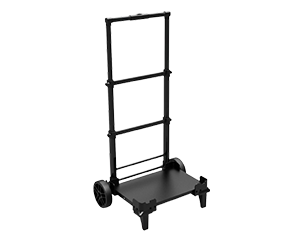
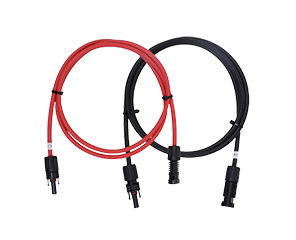



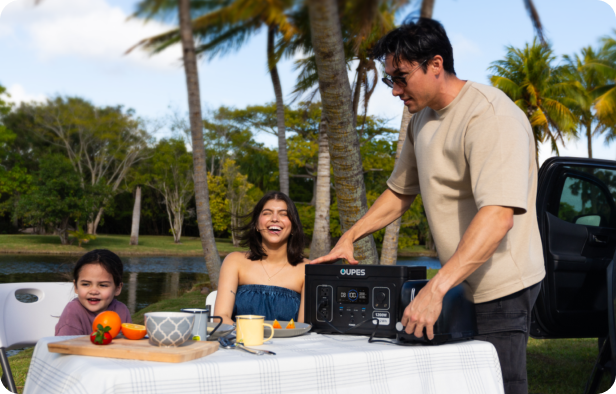




Leave a comment
This site is protected by hCaptcha and the hCaptcha Privacy Policy and Terms of Service apply.